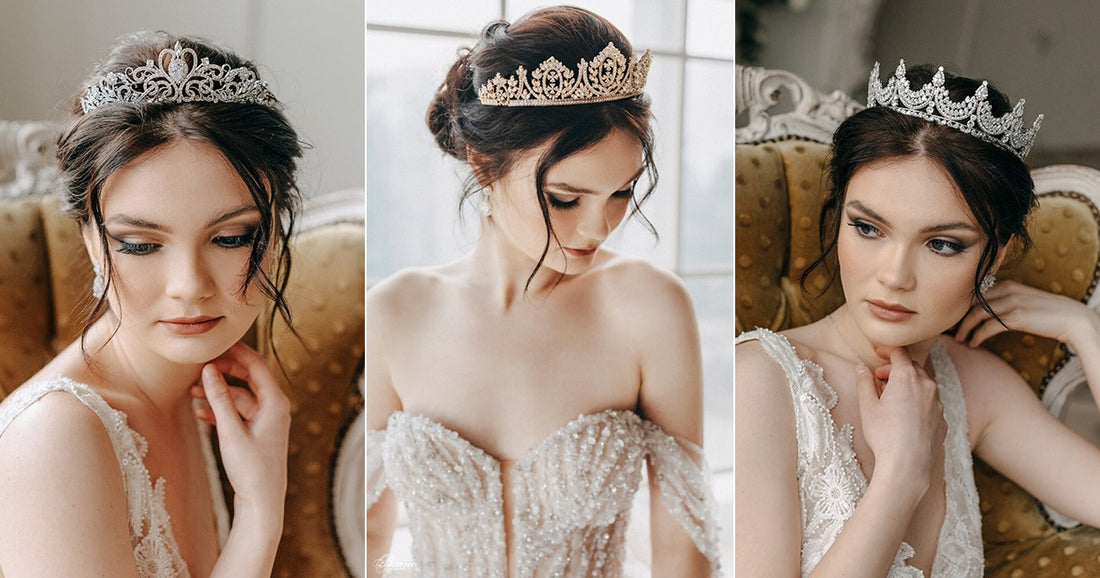The History and Symbolism of Crowns
Crowns have been a symbol of power, wealth, and royalty for centuries. From ancient civilizations to modern monarchies, crowns have played a significant role in human history. In this blog post, we'll explore the history and symbolism of crowns.

History of Crowns
The use of crowns dates back to ancient times, when they were worn by rulers and leaders as a symbol of their power and authority. In ancient Egypt, the pharaohs wore the double crown, which represented the unification of Upper and Lower Egypt. In ancient Greece, the laurel wreath was worn by victorious athletes and military leaders. In Rome, the emperor wore the laurel wreath as a symbol of his military victories.
During the Middle Ages, crowns became more elaborate and were often adorned with precious stones and metals. The European monarchies developed their own unique styles of crowns, each with its own symbolism and meaning. For example, the British Crown Jewels include the Imperial State Crown, which is adorned with diamonds, sapphires, and pearls, and represents the authority of the monarch.
Symbolism of Crowns
Crowns have a rich symbolism that goes beyond their historical significance. They are often associated with power, authority, and leadership. In many cultures, crowns are also associated with divinity and spirituality.
In Christianity, the crown of thorns is a symbol of Jesus' suffering and sacrifice. The crown of the Virgin Mary represents her purity and divine grace. In Hinduism, the crown represents the thousand-petal lotus, which is associated with enlightenment and spiritual awakening.
Crowns are also associated with achievement and success. In the world of sports, the winner is often awarded a crown or wreath as a symbol of victory. In academia, the graduation cap or mortarboard is sometimes referred to as a "crown," representing the achievement of earning a degree.
In conclusion, crowns have a rich history and symbolism that has evolved over time. They represent power, authority, divinity, achievement, and success. Whether worn by ancient rulers or modern-day monarchs, crowns continue to captivate and inspire us with their beauty and symbolism.

